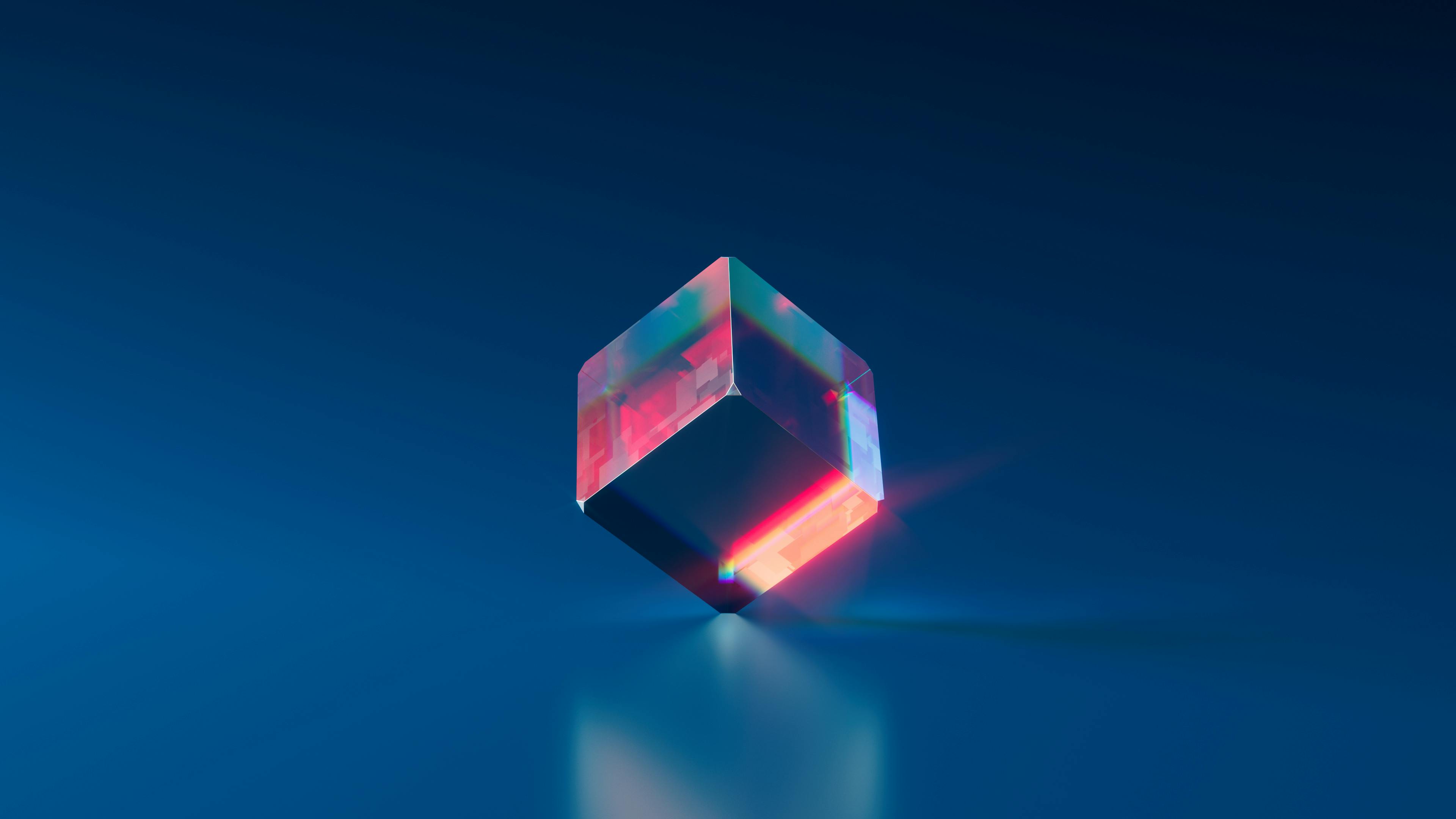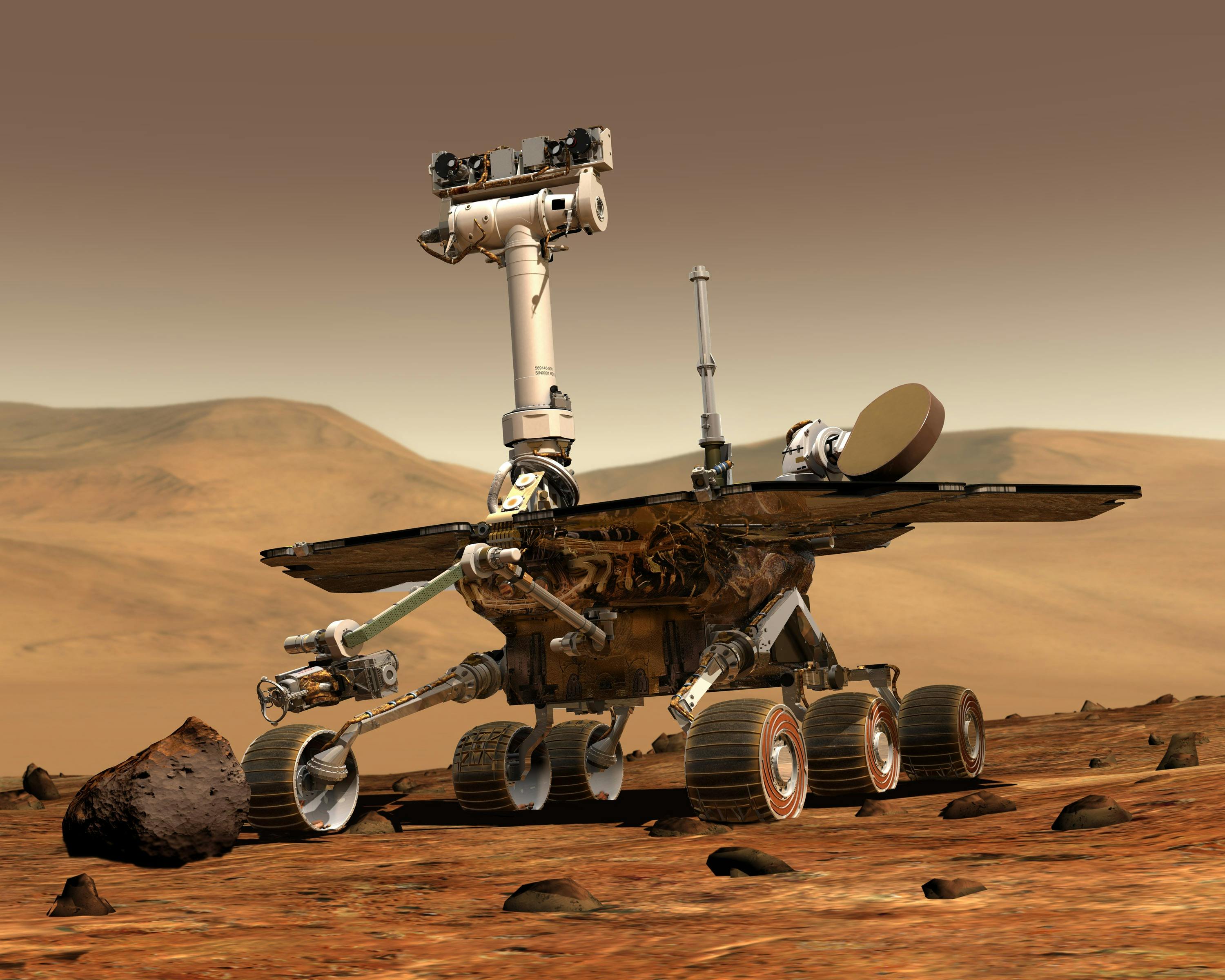What Does RAG in AI Mean? (Retrieval-Augmented Generation)

As Large Language Models (LLMs) like ChatGPT become more integrated into our tools, their limitations also become clearer. We've all seen instances where AI confidently makes things up (hallucinates) or lacks knowledge of recent events. RAG, or **Retrieval-Augmented Generation**, is a powerful technique designed to address these very issues.
RAG Explained Simply
RAG (Retrieval-Augmented Generation) is an AI framework that improves the quality of LLM responses by first **retrieving** relevant information from an external, authorized knowledge source and then feeding that information, along with the user's original prompt, to the LLM to **generate** a more accurate, context-aware, and grounded answer.
The Problem: LLMs Don't "Know" Everything (or Anything Recent)
Standard LLMs generate responses based *only* on the patterns and information present in their massive, but static, training datasets. This leads to key limitations:
- Knowledge Cutoff: They lack information about events or data created after their training was completed.
- Hallucinations: They may invent plausible-sounding but incorrect "facts" when they lack specific information, because their goal is often fluency over accuracy.
- Lack of Specificity: They may not have deep knowledge of niche topics or proprietary company information.
- Difficulty Citing Sources: It's hard for them to point to where their information came from within the vast training data.
This means relying solely on the base LLM can lead to answers that are often wrong or unhelpful.
How RAG Works: The "Open-Book Exam" Approach
Think of RAG like giving the AI an "open-book exam" instead of making it rely purely on memory. The process typically involves two main stages:
- Retrieval: When a user submits a prompt, the RAG system doesn't immediately send it to the LLM. Instead, it uses the prompt to search () a specified external knowledge base (e.g., a company's document database, a specific set of articles, a vector database containing relevant information). It retrieves the most relevant snippets of text or data related to the prompt.
- Augmented Generation: The original prompt *and* the retrieved information () are then combined and sent together to the LLM (). The LLM is instructed to use the provided context (the retrieved information) to generate its final answer.
Essentially, the LLM isn't just guessing based on its training; it's actively using relevant, up-to-date, or specific documents provided "just-in-time" to construct its response.
Key Benefits of Using RAG
- Reduced Hallucinations: By grounding responses in retrieved facts, RAG significantly decreases the likelihood of the LLM inventing information.
- Access to Current Information : Allows LLMs to answer questions about topics beyond their training cutoff by retrieving recent documents.
- Domain-Specific Knowledge: Enables LLMs to provide accurate answers based on private or specialized knowledge bases (e.g., internal company wikis, technical manuals).
- Improved Trust and Verifiability : RAG systems can often cite the specific sources used to generate an answer, allowing users to verify the information.
- Cost-Effective Updates: Updating the knowledge base is often cheaper and faster than fully retraining a massive LLM.
Core Components of a RAG System
- Knowledge Base: The collection of documents or data the system retrieves from (e.g., PDFs, web pages, database entries). Often processed into searchable chunks (vectors).
- Retriever (often using Vector Search): The mechanism that takes the user query and finds the most relevant pieces of information in the knowledge base.
- Generator (LLM): The Large Language Model that takes the original query plus the retrieved context and synthesizes the final answer.
RAG vs. Fine-Tuning
RAG is different from fine-tuning. Fine-tuning adapts the LLM's internal parameters by continuing training on a smaller, specialized dataset. RAG, on the other hand, keeps the base LLM unchanged and focuses on providing better external information *at the time of the query*. They can sometimes be used together.
Challenges and Considerations
- Retrieval Quality: The effectiveness of RAG heavily depends on the retriever finding the *truly* relevant information. Poor retrieval leads to poor generation.
- Chunking Strategy: How documents are broken down for the knowledge base impacts retrieval.
- Integration Complexity: Setting up the knowledge base, retriever, and generator requires careful engineering.
- Latency: The retrieval step adds a small delay compared to direct LLM generation.
Conclusion: Grounding AI in Reality
RAG (Retrieval-Augmented Generation) is a crucial technique for making LLMs more reliable, trustworthy, and useful, particularly in enterprise or information-critical applications. By equipping LLMs with the ability to access and reference external knowledge bases before generating an answer, RAG helps overcome limitations like knowledge cutoffs and hallucinations. It represents a significant step towards building AI systems that are not just fluent but also factually grounded.
Implementing effective RAG systems requires expertise in both data management and AI. DataMinds.Services helps organizations design and build custom AI solutions, including RAG pipelines, tailored to their specific data and needs.
Team DataMinds Services
Data Intelligence Experts
The DataMinds team specializes in helping organizations leverage data intelligence to transform their businesses. Our experts bring decades of combined experience in data science, AI, business process management, and digital transformation.
More Articles
Need More Reliable AI Answers?
RAG can ground your AI applications in your specific knowledge. DataMinds Services helps design and implement robust Retrieval-Augmented Generation solutions.
Explore RAG Implementation

